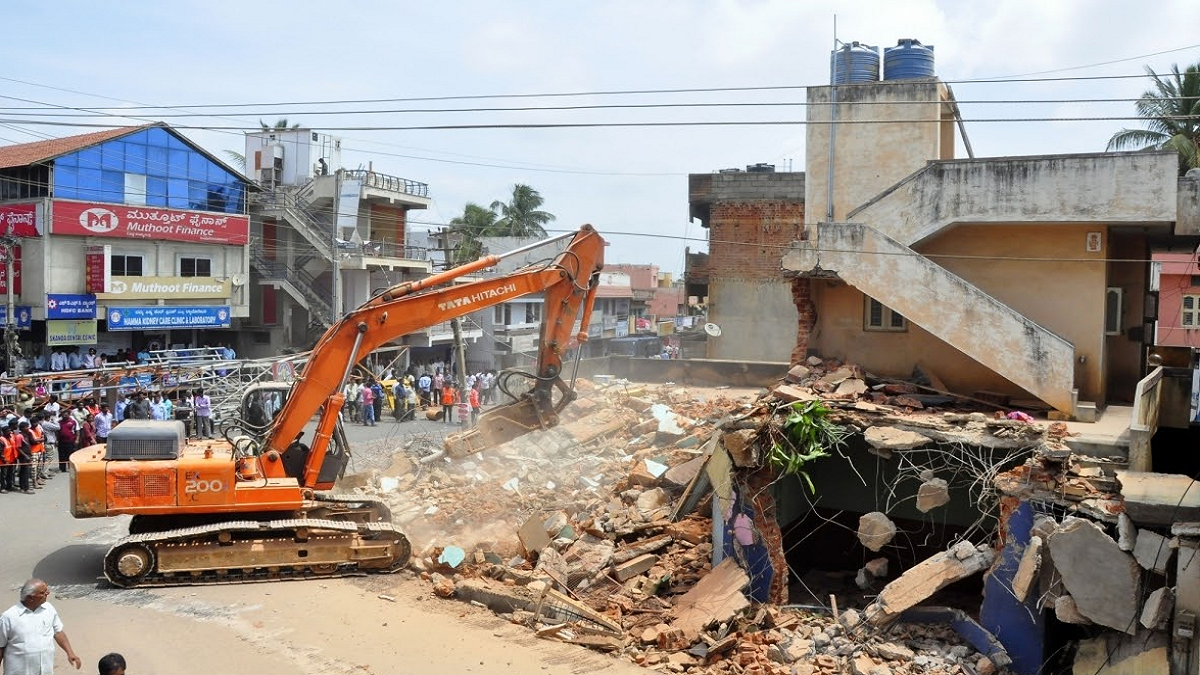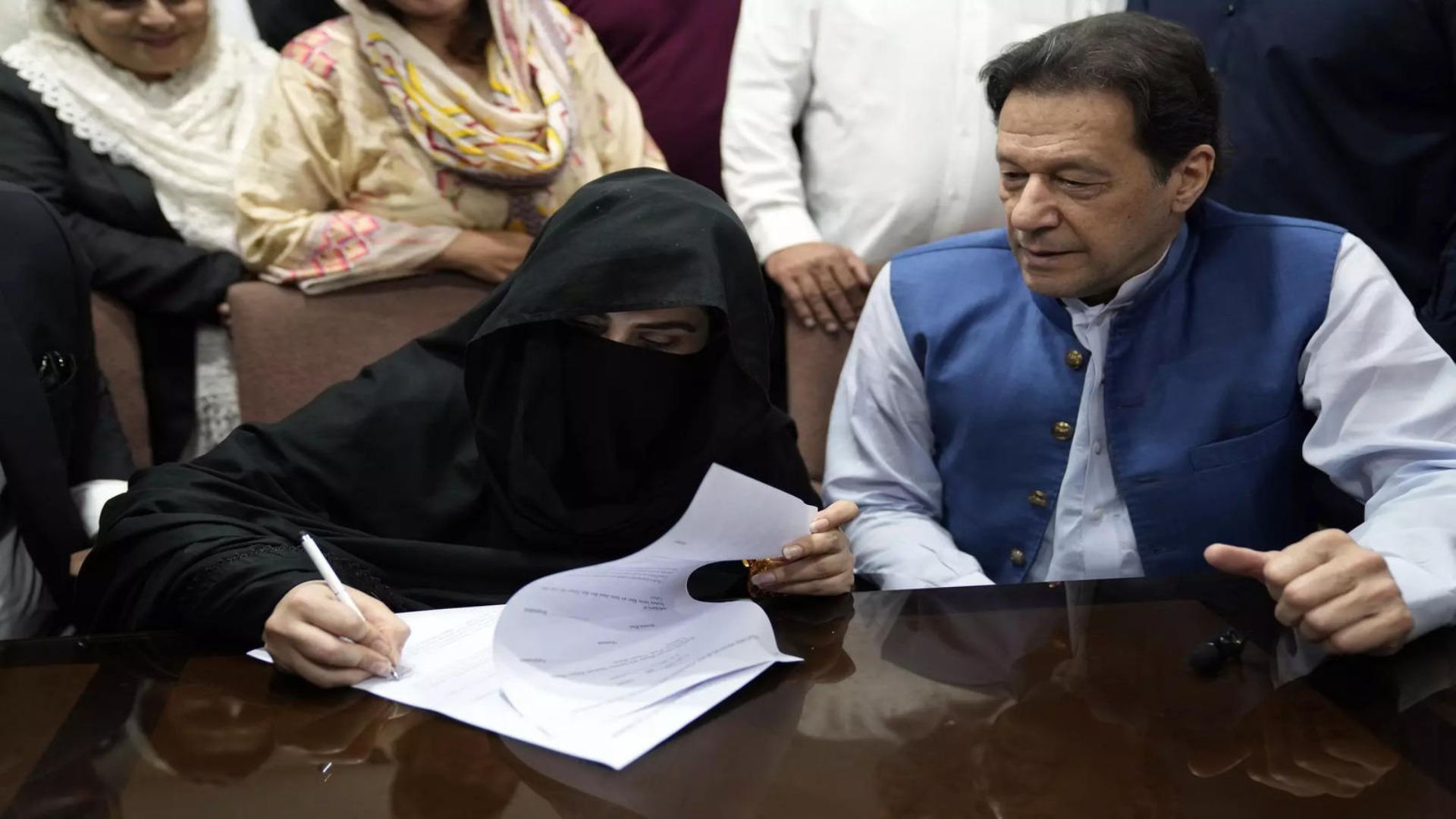
Delhi has been waterlogged again after less than an hour of a downpour. Kerala, Assam and Bihar are flooded too and Mumbai, like many other cities, continues to pay the price for illegal constructions. Ironically, the most beautiful season of monsoon, which is still celebrated across traditional India as a season of dance and song, colours, peacocks and snake worship, has become a threat of a disaster.
An addictive tendency to blame an open-ended target of human greed which is forever unaccountable like human desires hides the prodigious politico-administrative nexus that gives it a shape and a possibility. This manmade catastrophe has been a result of corruption with impunity as illegal occupation of legally prohibitive areas like coasts, shorelines, river banks, sanctuaries, national parks and forest areas continues unabated despite an independent judiciary, a watchful National Green Tribunal (NGT) and a plethora of laws to hook the nostrils of the nexus. Even though warnings against illegal constructions and imposition of penalties had already been issued to the South Delhi Municipal Corporation (SDMC) during the last monsoon by the NGT, the Delhi Pollution Control Board and the Chief Secretary issued directions for strict compliance to the ‘Flood Control Order, 2020 during the current monsoon. Yet, the Mayor of SDMC barefacedly defended her inaction on the lack of available manpower due to their engagement with coronavirus related duties. Notwithstanding the mutual blame game of authorities, the bigger question that awaits attention is to find out those individuals and institutions responsible for this seasonal calamity of misgovernance so that the nexus is gradually diffused.
City floods are usually a result of obstructing natural water channels which give way to rainwater from a higher to a lower ground area as water recedes to an underground aquifer, called a water bank, for future soil health. The devastating Chennai floods of 2015 were not a creation of the north-west monsoon alone but because the blocked drainage system failed to allow water to flow down. There was no timely desilting of drains despite receiving Rs 1,448 crore of funds under the Jawaharlal Nehru National Urban Renewal Mission (JNNURM) scheme. Over and above the need for desilting, there were clusters of encroachments at the banks of Cooum and Adyar rivers and also over the major Buckingham Canal which brought the houses crumbling down in a manner very similar to the Delhi Canal which washed away several houses at an upscale ITO area due to overflowing this July.
When our research team visited the Kerala coastal zones in 2015 to assess the quantum of encroachments, the disaster was writ large on the state. Tea gardens, rubber plantations and other cash crops had replaced mangroves, seagrasses and natural water channels. Houses, multistoreyed apartments and river embankments were all designed to promote tourism in negation of even basic norms of environmental conservation. An incessant promotion of dam construction and intensive outsourcing of most services, despite being a land of the communists, meant there was little scope to put a stop to land grab even in the protected and environmentally fragile zones.
The massive protest of forest communities against the Athirapally dam revived the spirit of the protest movement of the 1980s against the Silent Valley Project, in which the ‘ecology’ and ‘environment’ had rediscovered themselves in more robust developmental linkages to the local flora and fauna. This cannot be simple and naïve human greed but a full-bodied illegal control through the nexus. Now that the Athirapally dam has been given environmental clearance and hot tar has been manifestly thrown over a 25-year-old movement for preserving the rich and exotic biodiversity of Chalakudy river basin, vulnerability to disaster is explicit. This will be a replay of decisions which constructed more than 14 dams over River Periyar and its tributaries, causing the 2018 floods which affected more than a million people and killed around five hundred. Illegal constructions, whether big or small, which defy environmental norms, practices and law lead to disasters.
So, what is the answer to illegal constructions spreading horizontally and vertically over land in complete defiance of building bylaws as well as environmental regulations? If corruption is easier than remaining ethical then most developers of dams and buildings would prefer remaining corrupt. It’s a choice offered to them by clerks and administrators occupying high offices begging commissions and a cut in the project cost. How many of us have witnessed the thunderous crashing sound of bulldozers and excavation machines in the neighbourhood as buildings are demolished and an impression is created that misgovernance is undone?
But once broken down, these indented and serrated buildings continue to hold on for ages as an archival display of Bacchic politicoadministrative nexus that nibbles on any hope for reclaiming good governance in the country. No one knows what to do with the debris as both the owners as well as the administrators are hopeful that once the dust settles down, there can be a possible resolution after charging some fee as a penalty. Some of the most aesthetic buildings are brazenly allowed to be constructed on public land and city slums mushroom in their vicinity overnight to settle migrant labour in their shanty hutments. All this is done under the watchful and yet conceited eye of the city administrator. Surreptitiously, this administrator is nowhere to be seen when demolition knocks down his decisions as corrupt and declares a serious breach of law and ethics.
Demolition comes with many unanswered questions about its CLUs (change of land-use certificate) timeline, building-electricity-water clearances, CRZ Clearance, but the manner in which the Supreme Court insisted on compliance to regulations in its verdict to bring down the four Kochi apartments at the beginning of this year would dissuade any developer to keep intact the practice of illegal constructions through the corrupt municipal nexus in a city. It suggests that the policy of demolition is embedded in thwarting the gap between an ethical state which razes them down and the unethical one that had earlier raised them up. It’s the commonality of impunity with which the state ‘razes’ or ‘raises’ them. Generally, courts have defensively dawdled between the two situations till the demolition order on Maradu apartments was hammered down by a determined Supreme Court in a suo motu cognizance over Kerala’s impertinent government in January this year. An unprecedented and bold decision against the infamous but magnificently designed apartments in Kochi boldly cleared the shoreline of the Vembanad lake on 12 January 2020. This blatant violation of the Coastal Regulation Zone (CRZ) Rules of 1991 and 2018 never met much opposition internally in the state governance as many local administrators heading the CRZ offices believed in the utter mischief and injustice of CRZ regulations on Kerala’s development by declaring 200m of the high tide line as a ‘no development zone’. Even the SC acquitted a leading developer some time ago in a similar violation of illegal construction at the shoreline of the lake’s backwaters by imposing a meagre penalty of just Rs 1 crore.
Inspiringly, the same court was more determined in the Maradu judgement when it not only ordered demolition but also ordered the Chief Secretary of the State to be present at the site and ensure strict implementation. The Supreme Court also questioned the intentions of the state in diverting and delaying implementation. Governance through the judiciary emerged as a determined annihilator of the nexus which constructs illegally. As the dream skyscrapers, H2O Holy Faith, Alfa Serene, Jain Coral Cove and Golden Kayaloram, were demolished and the Vembanad shoreline became visible, it launched a historic beginning of good governance in sync with nature.
Our current encounter with Covid-19 has made us wiser in making the right choice when it comes to selecting between glamorous and ostentatious expansion to become rich or the human desire to breathe and live through. Nevertheless, we are still far away from making the right choice between a nexus that delivers and the administration which looks obstructive but remains accountable and responsible. Once citizens learn to make this choice, demolition would no more be a political fire stick!
The writer is Professor of Administrative Reforms & Emergency Governance, Member Secretary, Institutional Ethics Review Board, Jawaharlal Nehru University, New Delhi. The views expressed are personal.















